
Stool is most commonly brown and if there is a change in its color one may be concerned. However, in many cases the color of the stool may change due to food we consume. Still, if the change persists one is due to consult a doctor as soon as possible.
The brown color of stool originates from the bilirubin that is a normal component of bile. Bilirubin is obtained after red blood cells have been destroyed and hemoglobin torn down. Depending on the actual concentration of bilirubin in stool its color may range from almost black to light yellow.
Dark Green Stool and Its Causes
In many cases the occurrence of dark green stool does not carry any medical significance. However, it may be associated with certain digestive disorders or developed due to some other medical conditions.
Dark green stools frequently occur in breastfed babies. The problem is common in toddlers as well. Apart from these two age groups dark green stool may affect older people as well.
One of the causes of dark green stool is a specific diet. If one consumes plenty of green vegetables the stool may change its color to green. This particularly occurs if the diet is rich in spinach, peas, broccoli and lettuce. Apart from vegetables dark green stool may result from intake of food that contain specific food coloring.
Furthermore, there are some digestive problems that result in dark green stools. Abnormalities in digestion and malabsorption of food particles are possible causes of dark green stool. In case bile salts are excreted into the intestine and do not undergo specific changes they may give the stool green color.
Intake of certain medications may cause changes in color of the stool. Dark green stools may affect people who take laxatives and some antibiotics.
Bacterial infections of the gastrointestinal tract feature with change in bowel movements (diarrhea). Apart from that the very presence of pathological bacteria inside the intestine may cause change of stool color. This particularly occurs in case of infections caused by Salmonella.
And finally, there are several more causes of dark green stool and they include food poisoning, starvation, protozoan infections (Guardia) and several more intestinal conditions (irritable bowel syndrome, celiac disease and ulcerative colitis).
Treatment for Dark Green Stool
In order to chose the most convenient treatment for dark green stool the doctor must identify the underlying cause. Samples of a patient's stool are sent for laboratory analysis. Additional exams include stool culture, blood test and in some cases patients undergo colonoscopy.
Infections caused by bacteria are treated with antibiotics while protozoa like Guardia require anti-parasitic medications such as metronidazole or tinidazole. And if dark green stools develop as a consequence of certain medications the problem withdraws once the treatment with particular medications is finished.











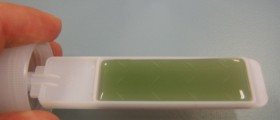
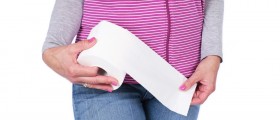
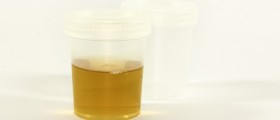
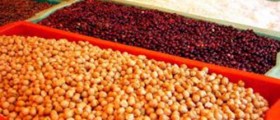

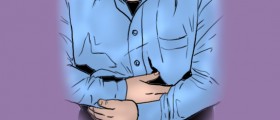
Your thoughts on this
Loading...